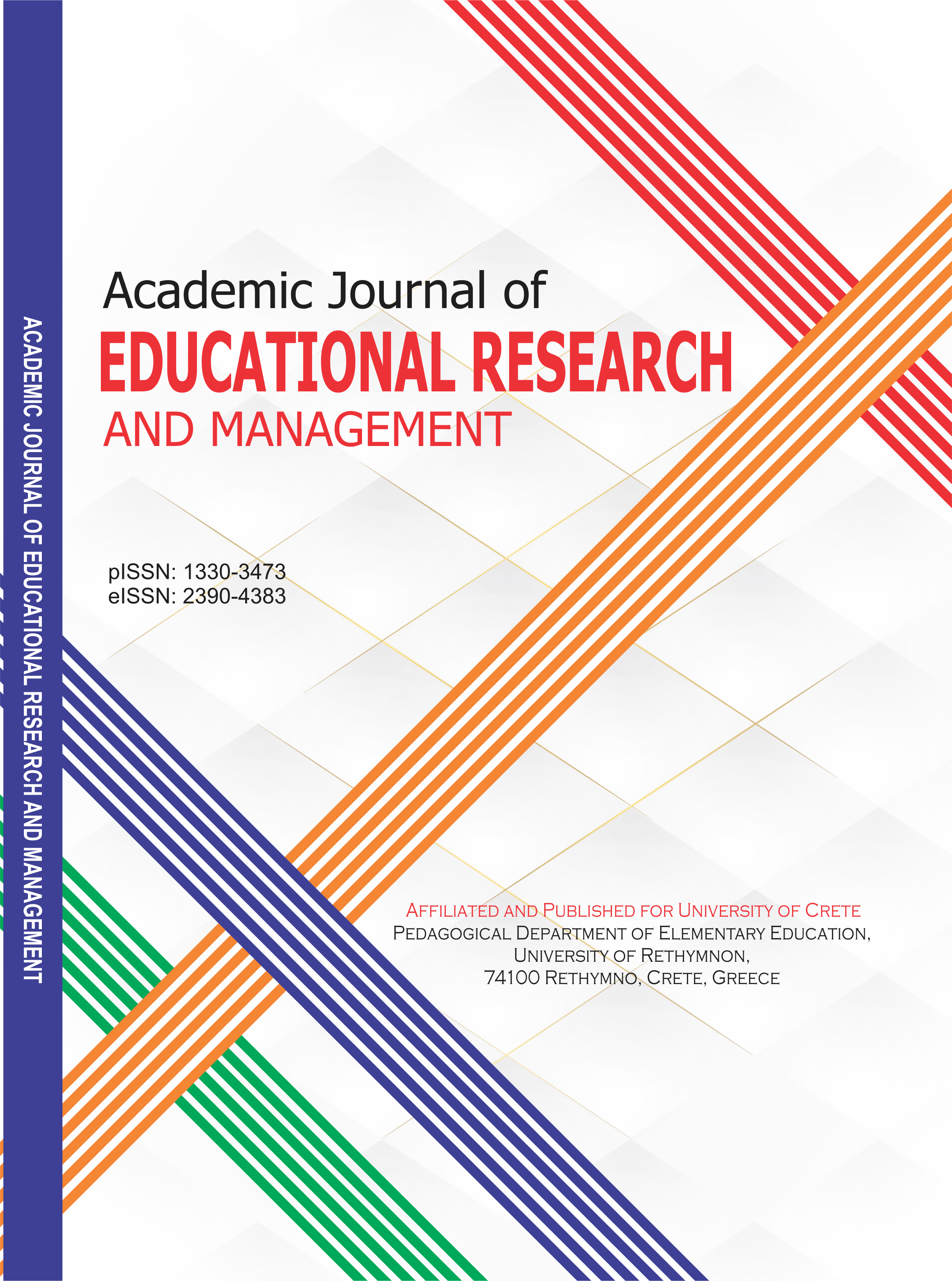ACADEMIC JOURNAL OF EDUCATIONAL RESEARCH AND MANAGEMENT (AJERM)
The Relationship between the Readiness and Acceptance of Technology with the Effectiveness of Online Learning among the Undergraduates of Sultan Idris Education University
E-ISSN: 2390-4383
P-ISSN: 1330-3473
DOI: https://iigdpublishers.com/article/586
This study aimed to examines the relationship between the readiness and acceptance of technology with the effectiveness of online learning among undergraduates of Sultan Idris Education University (UPSI). The conceptual framework of this study was constructed by referring to the Technology Readiness Index model with Technology Acceptance Model. This study adopted quantitative research through study design correlation. The selection of the study sample was carried out by simple random sampling involving 393 undergraduates at UPSI. Data collection was done by using a questionnaire that contained construct technology readiness and acceptance to use online learning methods towards the effectiveness of online learning. Descriptive statistics, Pearson correlation test, and linear regression were used in the analysis of the study data. The results showed that the levels of readiness and acceptance of technology with the effectiveness of online learning were moderate. The findings of the study also revealed that there was a significant relationship between optimism perception (β = .59, p <.05), discomfort perception (β = .219, p <.59), usefulness perception (β = .329, p <.05) and ease of use perceptions (β = .158, p <.05) towards the effectiveness of online learning. In conclusion, optimistic perception, discomfort perception, usefulness perception, and ease of use perception affect the effectiveness of online learning among undergraduates of Sultan Idris Education University, Tanjung Malim, Perak. Implications from this study, e-learning policymakers, the Ministry of Higher Education Malaysia (KPTM), and administrators of IPTA and IPTS can utilize students' views on the aspects studied and make the information a useful tool in further improving the effectiveness of online learning in Malaysia.
Hanna Amierah Arsat
Abd Razak, R. H., & Mohd Rusli, N. F. (2022). Pembelajaran Secara dalam Talian: Tahap Kesediaan dan Keberkesanan Pelaksanaannya kepada Pelajar. LSP International Journal, 9(1), 31–43.
Abdul Ghani, M. T., Wan Daud, W. A. A., & Jaffar, M. N. (2019). Penerimaan Pelajar Kursus Bahasa Arab di Universiti Malaya Kelantan Terhadap Pembelajaran Teradun Berteraskan Model Penerimaan Teknologi (TAM). Asian People Journal, 2(1), 84–94.
Adlina, A. K., Mohamad Khairi, H. O., & Mohd Kasri, S. (2020). Memacu Pendidikan di Era Revolusi Industri 4.0: Penerapan Nilai-nilai Islam dan Inovasi dalam Pengajaran di Institusi Pengajian Tinggi Driving Education in the Era of the Industrial Revolution 4.0: Implementation Islamic Values and Innovation in Teaching. Islāmiyyāt, 42(khas), 13–20. https://doi.org/10.17576/islamiyyat-2020-42IK-02
Choe, R. C., Scuric, Z., Eshkol, E., Cruser, S., Arndt, a., Cox, R., Toma, S. P., Shapiro, C., Levis-Fitzgerald, M., Barnes, G., & Crosbie, R. H. (2019). Student satisfaction and learning outcomes in asynchronous online lecture videos. CBE-Life Sciences Education, 18, 1-14.
Davis, F. D. (1989). Perceived Usefulness, Perceived Ease of Use, and User Acceptance of Information Technology. MIS Quarterly, 319 – 340.
